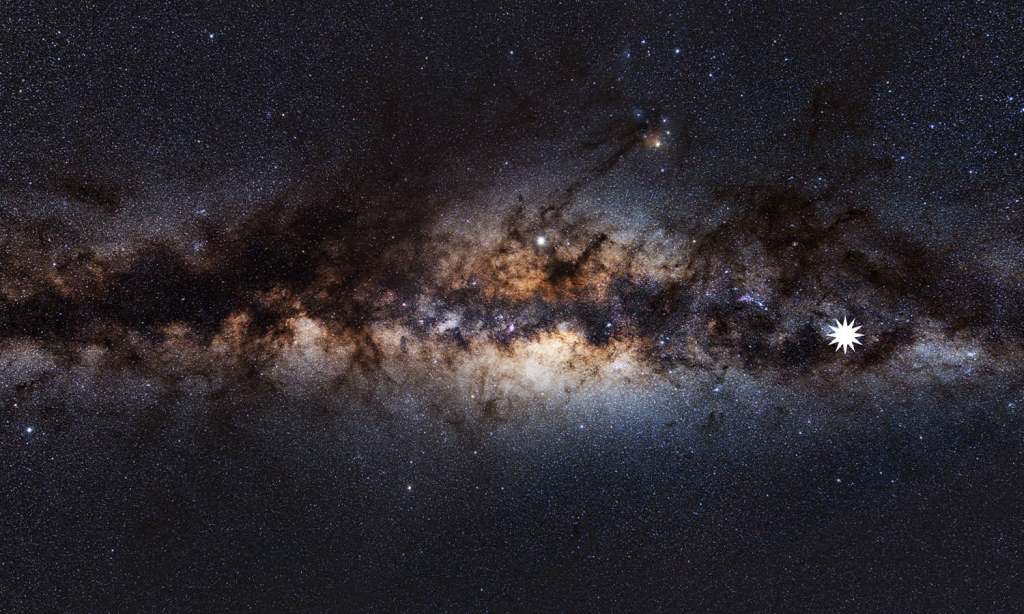A mysterious object, some 4,000 light-years away from Earth, was giving off a burst of radio waves every 18 minutes for three months. Then it disappeared.
It’s been described as “very, very spooky”, by the scientists involved in the discovery and unlike anything we’ve ever seen before.
The weirdest part is that, in space terms, 4,000 light years isn’t that far away. This is essentially our cosmic backyard. Those signals were being emitted so routinely and so strongly for three whole months and no one noticed for three years.
A team of researchers from Curtin University in Western Australia, led by Dr Natasha Hurley-Walker, first noticed the bursts after honours student Tyrone O’Doherty began using the Murchison Widefield Array telescope in outback WA using a new technique that he developed.
“It’s exciting that the source I identified last year has turned out to be such a peculiar object,” said O’Doherty in a statement, who is now studying for a PhD at Curtin. “The MWA’s wide field of view and extreme sensitivity are perfect for surveying the entire sky and detecting the unexpected.”
Hurley-Walker, from the Curtin University node of the International Centre for Radio Astronomy Research, explained that the object was acting unlike anything they had ever expected to see.
“This object was appearing and disappearing over a few hours during our observations,” she said.
“That was completely unexpected. It was kind of spooky for an astronomer because there’s nothing known in the sky that does that. And it’s really quite close to us—about 4000 light years away. It’s in our galactic backyard.”
Disappointingly for UFOlogists, the object appears not to be alien in origin but actually a natural, but bizarre phenomenon.
While the night’s sky is full of random radio bursts, often low-level emissions from dying stars or other dramatic events that last for a second or so, they’ve never been observed before to repeat to regularly in a pattern like this.
This is why the team who discovered it think it could be a neutron star or a white dwarf —the collapsed cores of stars —with an ultra-powerful magnetic field. The fact that it’s emitting energy on a few different frequencies, not just radio, rule out the alien connection.
They believe what they’re seeing is an “ultra-long period magnetar,” a type of slowly spinning neutron star that has only previously been theoretically predicted to exist.
“Somehow it’s converting magnetic energy to radio waves much more effectively than anything we’ve seen before,” Hurley-Walker said.
These things have been suspected to exist before, but they were never thought to be observable. Seeing the radio waves emitted suggests the object is very bright indeed while only a bit smaller than our sun. Finding this thing could be the answer to a long-held question in astrophysics; just what is causing all of these fast-radio bursts in space?
Hurley-Walker is now monitoring the object with the MWA to see if it switches back on and plans to search the vast archives of telescope data for more of these unusual objects.
“If it does [turn back on], there are telescopes across the Southern Hemisphere and even in orbit that can point straight to it,” she said. “More detections will tell astronomers whether this was a rare one-off event or a vast new population we’d never noticed before.”
Read more stories from The Latch and subscribe to our email newsletter.







